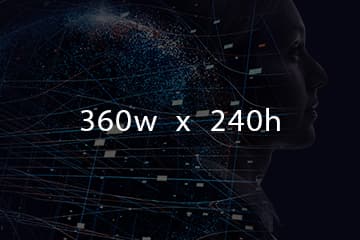What is AI?
AI stands for artificial intelligence. It refers to the simulation of human intelligence in machines that are programmed to think and learn like humans. AI encompasses a broad range of technologies and techniques that enable machines to perform tasks that typically require human intelligence. These tasks include:
- Learning: AI systems can learn from data through algorithms and models. This learning can be supervised (using labeled data), unsupervised (finding patterns in data) or reinforcement-based (learning through trial and error).
- Reasoning: AI systems can use rules and logic to draw conclusions and make decisions based on available information.
- Problem-solving: AI can analyze large amounts of data, identify patterns, and make predictions or recommendations.
- Perception: AI systems can perceive and understand the world through sensors, images, speech, and other forms of input.
- Natural language processing (NLP): AI enables machines to understand, interpret, and generate human language, enabling applications like language translation, chatbots and voice recognition.
Applications of AI:
AI is applied across various fields and industries, including:
- Healthcare: Diagnosing diseases, personalized treatment plans and drug discovery.
- Finance: Fraud detection, algorithmic trading and customer-service automation.
- Transportation: Autonomous vehicles and route optimization.
- Retail: Recommendation systems and supply chain optimization.
- Education: Adaptive-learning platforms and personalized tutoring.
- Entertainment: Content recommendation and virtual-reality experiences.
AI technologies such as machine learning, deep learning, natural language processing and computer vision continue to advance, driving innovation and transforming how businesses operate and how people interact with technology.

